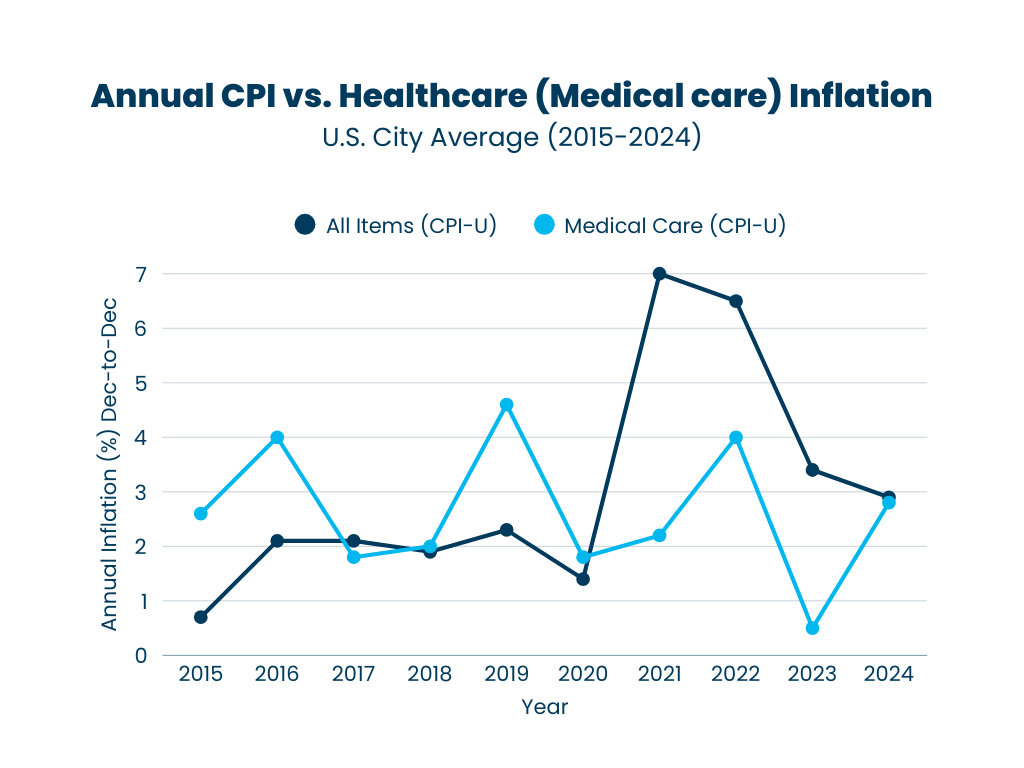Navigating Nondiscrimination Testing for Your 401(k) Plan
September 5, 2023|Luke Matchett

Bottom Line Up Front
- Nondiscrimination testing ensures equal benefits in 401(k) plans, preventing favoritism toward Highly Compensated Employees (HCEs) or key employees such as the owners.
- These annual tests verify if HCEs receive excessive benefits compared to Non-Highly Compensated Employees (NHCEs).
- Failing tests can lead to penalties. Solutions include corrective actions or adopting Safe Harbor Plans for smoother testing.
Nondiscrimination Testing is like a fairness check for your 401(k) plan. It’s all about making sure that these retirement plans don’t unfairly benefit the big shots in a company. Every year, your plan has to prove that everyone is being treated fairly. If it doesn’t pass the test, there could be consequences. Usually, a third party does the testing, but in this article, we’re giving you a sneak peek into the key stuff you need to know.
What is a Highly Compensated Employee (HCE)?
Nondiscrimination testing looks at the average deferrals and company contributions of your Highly Compensated Employees (HCEs) in comparison to the average deferrals and contributions of your Non-Highly Compensated Employees (NHCEs). But how do they determine who is an HCE and who is an NHCE?
A Highly Compensated Employee (HCE) is a term used by the IRS based on shareholder ownership and/or compensation. For 2023, an HCE is an individual who owned more than 5% of the business during the year or someone who received more than $150,000 (indexed) in compensation in the previous year.
If someone doesn’t meet at least one of those conditions, they’re considered an NHCE.
Nondiscrimination Testing
There are two main types of nondiscrimination tests that your retirement plan must undergo throughout the year: Actual Deferral Percentage (ADP) testing and Actual Contribution Percentage (ACP) testing. Let’s jump into these two specific tests:
Actual Deferral Percentage (ADP) Testing
The ADP test is like a way to check if everyone is saving a fair amount for retirement. It looks at how much money HCEs are putting into their accounts compared to NHCEs.
To pass, the company checks a few things:
- They calculate the average percentage of pay contributed to the plan by and for employees – keep in mind that those not making or receiving a contribution count as a zero in the average.
- They look at how much money HCEs are putting into their retirement accounts on average.
- They also look at how much money NHCEs are putting into their accounts on average.
Now, here’s the rule you, the company, must follow:
The average for the HCEs must not exceed the lesser of 200% (2x) that of the NHCEs or 2% higher (e.g., if the NHCEs contribute 4% of pay, the HCEs may not contribute beyond 6% of pay). If the HCE contribution rate exceeds that threshold, corrective actions will need to be taken – either a return of contributions to the HCEs or an employer contribution on behalf of the NHCEs.
You MAY consider setting a limit on the contribution rate for HCEs to avoid or minimize compliance issues but this may result in the HCEs not being able to contribute as much as they otherwise could.
Actual Contribution Percentage (ACP) Test
Now, let’s say your company not only helps its employees save for retirement but adds some extra money to their savings. The extra money can be in the form of a match (you match what they save). Now, the company wants to be fair in how they help everyone save whether they are highly paid or not.
The ACP test is like a fairness check for this extra money. It looks at how much extra money you are giving to the two groups we mentioned above: HCEs and NHCEs.
Here’s what ACP testing does to check if things are fair:
- It looks at how much extra money (matching or after-tax contributions) HCEs get from you on average.
- They also look at how much extra money NHCEs get from you on average.
Now, similar to the ADP test, there are rules you must follow to pass testing:
The average for the HCEs must not exceed the lesser of 200% (2x) that of the NHCEs or 2% higher (e.g., if the NHCEs contribute 4% of pay, the HCEs may not contribute beyond 6% of pay). If the HCE contribution rate exceeds that threshold, corrective actions will need to be taken – either a return of contributions to the HCEs or an employer contribution on behalf of the NHCEs.
Corrective Actions
If your plan does not pass the nondiscrimination testing, don’t worry – it happens and it’s fixable – but there are corrective actions you must take to fix it. When a 401(k) plan fails nondiscrimination testing, it means that the plan is favoring HCEs over NHCEs in terms of contributions or benefits. To correct this, there are a few actions that can be taken:
- Return excess contributions: If HCEs have contributed more than allowed, the excess contributions need to be returned to them. This helps balance out the contributions.
- Make Qualified Nonelective Contributions (QNECs) or Qualified Matching Contributions (QMACs): To boost NHCEs’ participation, the plan sponsor can make additional contributions on behalf of NHCEs. QNECs and QMACs are contributions made by the employer to the plan and allocated to NHCEs.
- Limit HCE contributions: You may limit the contributions HCEs can make to the plan to bring their contributions more in line with NHCEs’s contributions.
The IRS also has a 401(k) Plan Fix-It Guide you can check out. It covers a few different situations that may arise with a 401(k) plan including ADP and ACP testing failure.
Safe Harbor Plan Option
If nondiscrimination testing is an ongoing issue, there’s a solution called a Safe Harbor Plan. In this kind of plan, the money you put in belongs fully to the employees from the start. And the good thing is, these plans are deemed to pass the compliance tests as you’re contributing based on the IRS guidelines.
Wrapping Up
All 401(k) plans must undergo nondiscrimination testing annually, it’s an inevitable part of sponsoring a 401(k) plan. Testing acts as the compass guiding fairness. It’s crucial to ensure that everyone benefits equally from 401(k) plans. While facing penalties due to test failure is a possibility, the key lies in proactive measures. Avoiding ADP and ACP testing failure requires well-designed contributions and a watchful eye.
Collaborating with a dedicated third-party administrator adds an extra layer of expertise to ensure compliance and keep your retirement plan sailing smoothly in the fair winds of financial security.
If you’re in search of a reliable partner to steer your retirement plan in the right direction, look no further. Contact us here at Odyssey Advisors, where expertise meets dedication, and let’s chart the course to a balanced and thriving retirement future.
Categories: 401(k), Retirement

About The Author Luke graduated from the University of Connecticut with a B.A. in Actuarial Science. He brings a strong mathematical and analytical background to his role as a Consulting Actuary at Odyssey Advisors. He designs and maintains complex client-employee benefit programs...
More Insights From This author

April 6, 2023
Luke Matchett







